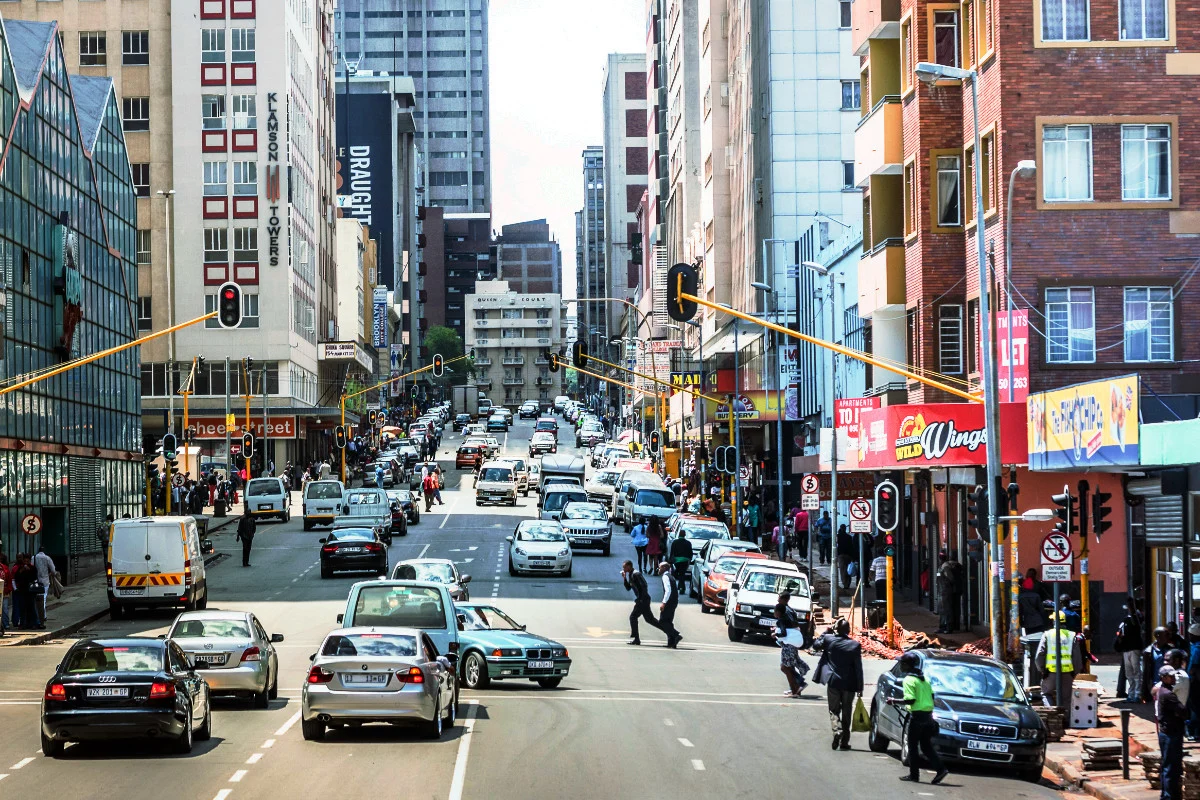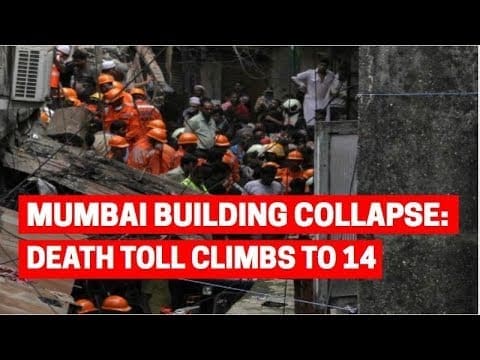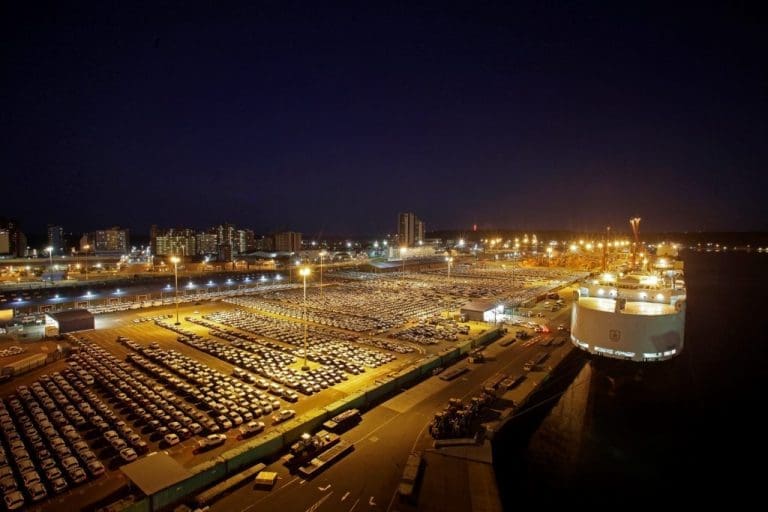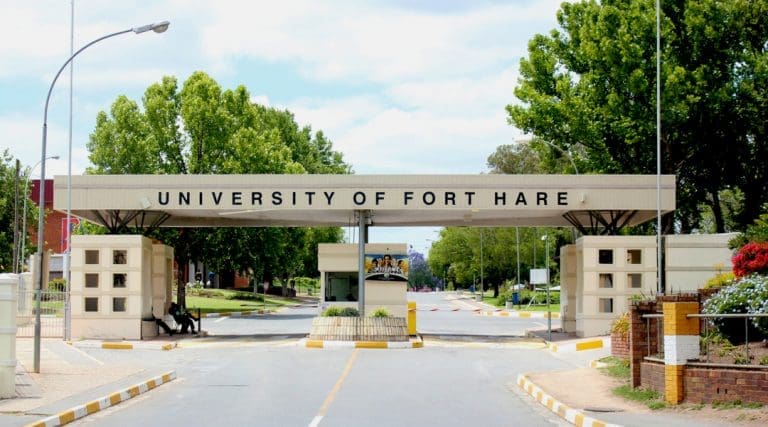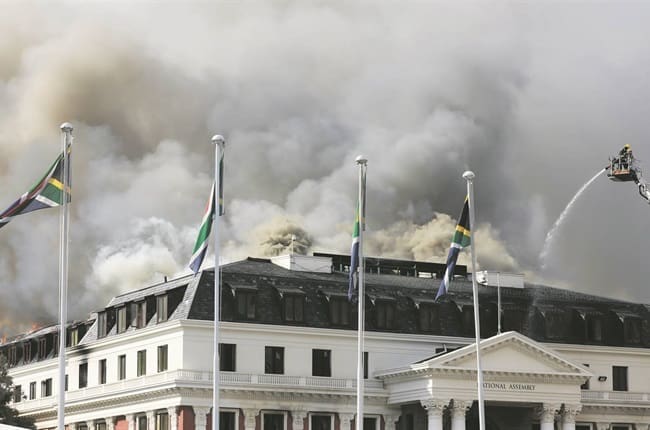JOHANNESBURG – South Africa’s much-anticipated Census 2022 findings were released last week, providing valuable data for policy making, planning, and research. While the census offered a wealth of insights on various aspects, this article focuses on the surprising revelations regarding the growth (or lack thereof) in Gauteng province, particularly its economic epicenter, Johannesburg.
Slow Population Growth Defies Expectations
Census 2022’s preliminary analysis has left urban scholars and planning practitioners baffled by the unexpectedly low population growth figures for Gauteng and Johannesburg. According to the data, Gauteng is experiencing an annual population growth rate of 2.0%, barely surpassing the national average. In contrast, Western Cape is growing at 2.4%, and Mpumalanga at 2.3%. The most astonishing revelation is that Johannesburg’s growth rate stands at a mere 0.8%, making it the slowest-growing major city in South Africa.
These numbers starkly contradict the common perception of Johannesburg as a bustling metropolis facing the challenges of rapid population growth, straining housing, services, and infrastructure. However, a word of caution is warranted: the census data’s veracity is being questioned, raising concerns over whether it genuinely reflects the situation or is a result of data anomalies.
Is Johannesburg Stagnating?
The previous censuses in 2001 and 2011 painted a picture of rapid urbanization in post-apartheid South Africa, particularly in the larger metropolitan areas, concentrated in Gauteng. This urbanization was anticipated given Gauteng’s significant contribution to the national economy, as well as the historical allure of Johannesburg as an economic hub.
However, the latest census results challenge this narrative. If the figures are accurate, Cape Town, with a population of 4,772,846, is fast catching up to Johannesburg’s 4,803,262 inhabitants. Moreover, Cape Town’s growth rate is reportedly twice that of Johannesburg’s, indicating that it may soon surpass Johannesburg as South Africa’s largest city.
The census also suggests a decline in the white, Indian, and colored populations in Johannesburg between 2011 and 2022, with notable increases in the Western Cape. Even the black African population’s growth, though positive, is only 1.7% per annum, mirroring the national growth rate. This implies that even black Africans may be leaving Johannesburg, possibly due to various factors such as early retirement, children being sent to rural areas, and job seekers looking for opportunities elsewhere.
Economic Impact on Johannesburg’s Growth
While Johannesburg still offers more jobs than many other cities, its economic performance has been sluggish in recent years, affecting job growth. This has likely had a ripple effect across the labor market, including the willingness of lower-income households to establish themselves in the city and the status of the black middle class.
Although a systematic analysis is pending, there are signs of rapid growth in small towns and rural areas in more remote provinces. For instance, Bushbuckridge, historically seen as a migrant-sending area, now boasts a growth rate of well over 3% per annum.
The Veracity of the Data
The unusually high undercount of approximately 31% in the census data has raised concerns, suggesting that nearly a third of residents were not counted on census day. This figure is twice as high as the previous census, making the results less reliable. Possible reasons for this undercount include COVID-19 fears, feelings of insecurity due to public violence, and administrative challenges.
While post-enumeration sampling and adjustment should theoretically correct these issues, doubts about the accuracy of the data persist. Previous census figures have been revised following the first official release, and it is possible that corrections will be made to address statistical anomalies in this case.
What Lies Ahead
It is still early to draw definitive conclusions as more detailed data from Census 2022 is awaited. However, these initial findings raise intriguing and concerning questions about shifting spatial patterns in South Africa’s economic hub.
Assuming that these numbers roughly reflect the direction, it is plausible to hypothesize that the socio-spatial trends revealed by the census result from a decade of weak economic growth and increased social insecurity in Johannesburg. While slower population growth may be seen as a positive trend by some, it could also indicate a deep crisis in South Africa’s premier city. Growth, after all, brings both pressure and opportunity.
In conclusion, the future of Johannesburg’s urban landscape remains uncertain, and further analysis is required to understand the full implications of the census findings. Whether Johannesburg is genuinely stagnating or if the data needs revision, these revelations will have far-reaching consequences for the city’s development and economic prospects.
Philip Harrison is a Professor in the School of Architecture and Planning at the University of the Witwatersrand. Alison Todes is a Professor at the University of the Witwatersrand. Darlington Mushongera is a Senior Researcher and Theme Leader at the Gauteng City-Region Observatory, University of the Witwatersrand. Graeme Gotz is the Director of Research Strategy at the Gauteng City-Region Observatory.


